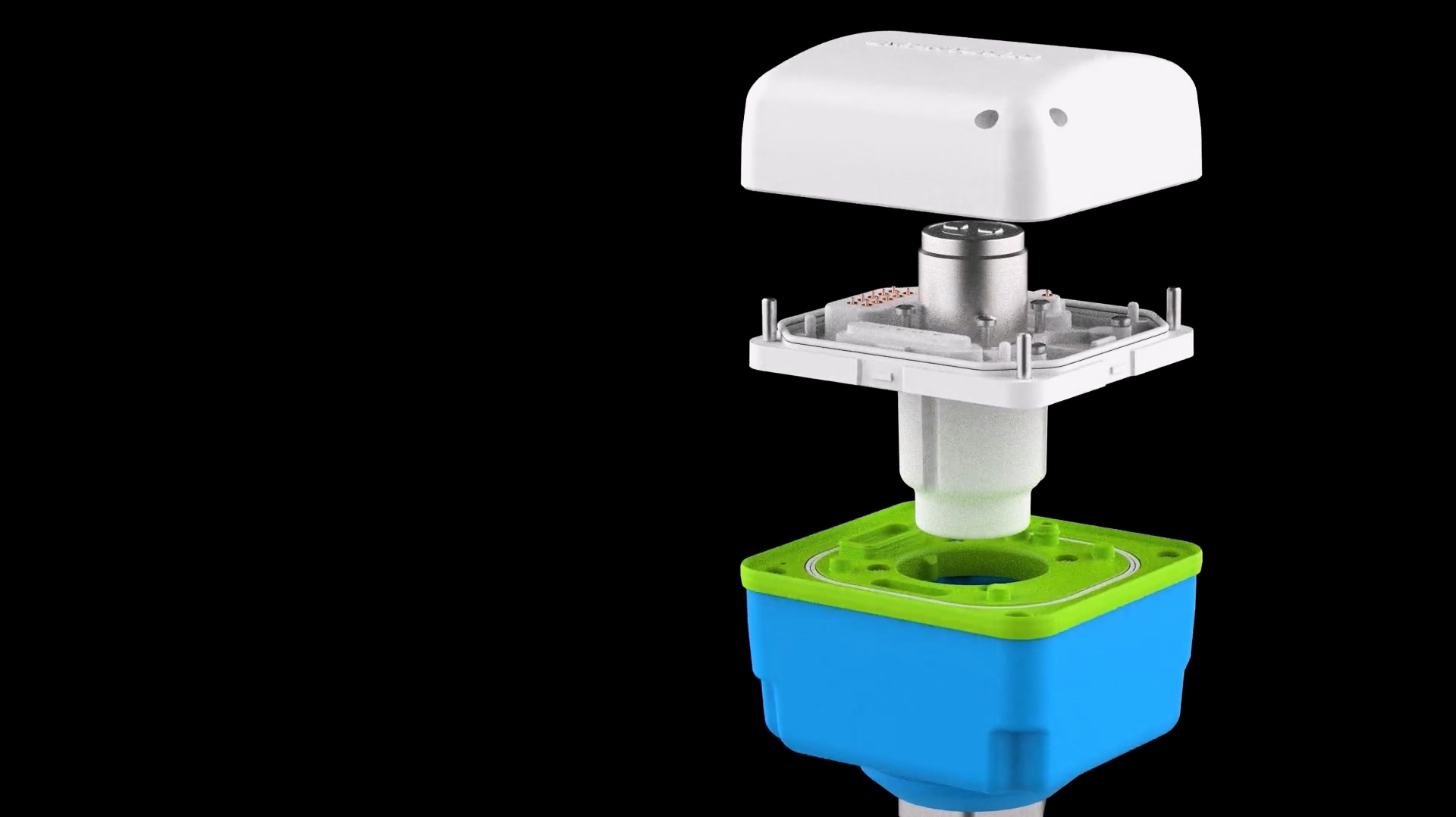In the field of geoscience, reliability is essential. Each seismic event unveils critical insights about our planet, and the ability to understand these phenomena relies on dependable and precise data. Even minor inaccuracies can lead to significant misconceptions about the Earth's subsurface.
To tackle these challenges, we present SmartSolo nodes with innovative self-diagnostic features, ensuring the most reliable data collection.

Collecting data is only part of the equation; trusting that data is equally important.
Our nodes emphasize reliability and precision through integrated self-testing and verification mechanisms, guaranteeing accuracy from deployment to retrieval.
Let’s explore how these features can enhance your geoscientific research.

The Core of Reliability: Self-Diagnostic Features inside
Imagine deploying thousands of nodes across challenging terrains like deserts or forests.

Traditional methods require extensive manual checks, which can be labor-intensive and time-consuming; furthermore, this process can potentially compromise the reliability of the data outcomes.
Our nodes transform this process with advanced self-testing capabilities.

Power-On Self-Diagnostics: Upon activation, each node conducts a comprehensive set of tests to assess the sensors, data systems, GPS, battery, and memory. Any irregularities are flagged immediately, ensuring only fully operational nodes record data. Our system utilizes intuitive LED indicators to display the status:
Red Light Phase: Indicates that ongoing self-testing procedures are in progress, signifying that the device is not yet ready for operation.
Green Light Phase: Confirms successful completion of all tests and readiness for data collection.
Continuous Sensor Monitoring: The testing continues post-deployment, with our nodes actively monitoring sensor health. This proactive approach reduces the risks associated with unnoticed sensor drift or failures, which is crucial for long-term seismic monitoring in varying environmental conditions.
GPS and Timing Verification: Accurate timing and location data are vital. Our nodes feature high-precision GPS modules to ensure exact time-stamping for comprehensive analysis across your network.
Data Quality Control (QC) Features: Our nodes are designed with robust QC functions that monitor data quality in real-time, flagging anomalies as they occur. For instance, many SmartSolo models, such as the IGU-16HR 3C AIO 5Hz and IGU-BD3C-5, provide real-time quality control for both the acquired seismic data and the instrument's operational status. This feature empowers users to monitor data integrity and device health throughout the operation, ensuring high-quality results.

Enhancing Efficiency with SmartSolo Tester Peripherals
While our nodes excel at self-diagnosis, SmartSolo also provides a range of tester peripherals to enhance your quality control and data reliability.


Multi-Port Testers: Specifically designed for acceptance testing of IGU-16s, these devices can simultaneously test up to 16 IGU units, evaluating sensor responses and overall functionality. They operate by running the tester software on a connected computer, which offers a selection of different tests as well as the ability to store the results for comprehensive analysis.
Integrated Tester Units: These versatile units combine testing, charging, and data downloading capabilities in a single device, making them perfect for smaller deployments or on-site assessments during geoscientific surveys.
Robust Testing Capabilities: Key tests available include the "Polarity Test", which verifies sensor continuity and waveform consistency, and "PSD Noise Analysis", which assesses the consistency of the instrument in response to background noise. These tests ensure a thorough evaluation of your equipment's performance.
Seamless Software Integration: SmartSolo software, such as SoloLite and SoloSWDCC, integrates smoothly with tester peripherals, offering a centralized platform for managing your seismic network. Users can easily visualize test results, monitor performance, and generate detailed reports.

Durability and Reliability in the Field
Our nodes are engineered to withstand harsh environments. They feature a user-friendly interface and robust enclosure that resist dust, moisture, and impact. Low power consumption allows for extended deployments, reducing the need for frequent site visits.
Features such as the 'forced green light' in our app ensure that only fully functional nodes are active. The automatic photo capture feature establishes a comprehensive audit trail, enhancing traceability during fieldwork.

Why SmartSolo? We Uphold Assurance in Every Measurement
In scientific research, trustworthy data is paramount. Our self-diagnostic nodes provide the confidence you need to trust your findings. With continuous monitoring and robust tester peripherals, you can achieve uncompromised data quality. Embrace the future of seismic acquisition with SmartSolo and unlock the potential of precision. By choosing the advanced seismic nodes from SmartSolo, you gain access to cutting-edge technology that ensures reliable data collection, empowering you to make informed decisions and achieve optimal outcomes in your geophysical explorations.




